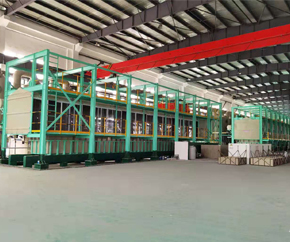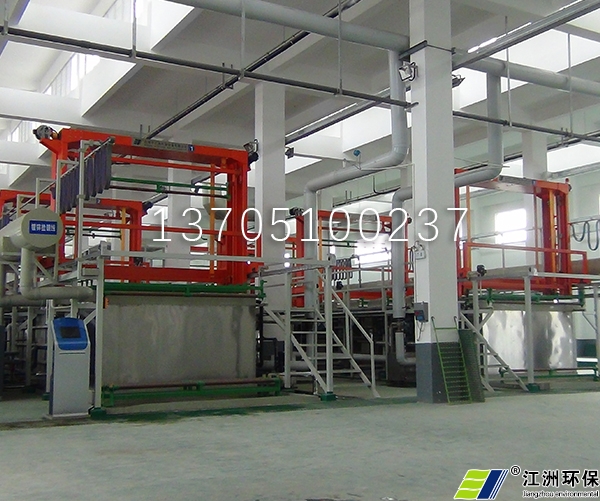1、 Traditional process of electroplating cleaning wastewater
The traditional wastewater treatment process of electroplating industry mostly adopts the method of chemical coagulation sedimentation, which makes harmful electroplating pollutants become harmless or easily separated substances through chemical reactions such as oxidation-reduction and acid-base precipitation. After mud and water are separated, they are filtered and adsorbed, basically meeting the direct discharge requirements.
However, the project requires that the wastewater be reused after treatment and cannot be discharged, and the water quality must meet the pure water standard (≤ 20 uS/cm), so the traditional process cannot meet the requirements, and can only be used as pretreatment.
At this time, membrane technology is gradually mature and membrane products are gradually market-oriented, including ultrafiltration, nanofiltration, reverse osmosis, microporous filtration with pressure as the separation driving force, electrodialysis with potential difference as the separation driving force, and a series of membrane separation technologies such as membrane bioreactor integrating membrane separation and biodegradation, It plays an important role in electroplating wastewater treatment process.

2、 Zero discharge process of electroplating cleaning wastewater
In order to solve the heavy pollution problem of electroplating industry, electroplating enterprises achieve "zero discharge" of wastewater. The cleaning wastewater of electroplating enterprises is generally treated by the combined process of chemical coagulation sedimentation+membrane concentration+evaporative crystallization.
Chromium containing cleaning wastewater is mixed with nickel containing cleaning wastewater after acidification and reduction. After passing through coagulation sedimentation tank, ultrafiltration and three groups of reverse osmosis (RO), the produced water is reused in the production workshop.
After evaporating and crystallizing the secondary RO concentrated water, the condensed water returns to the ultrafiltration after cooling, and the crystals and filter press sludge are transported out for treatment as hazardous waste to ensure the "zero discharge" of electroplating cleaning wastewater.
Core control parameters of electroplating cleaning wastewater:
The chemical coagulation pH value is controlled between 9 and 10, the ultrafiltration recovery rate is 8O0%, the primary RO recovery rate is 60%, the secondary RO recovery rate is 50%, the tertiary RO recovery rate is 90%, and the concentration ratio of the double effect evaporator is 6.
The whole set of wastewater system operates stably. CODp, total chromium and total nickel in the reused water are not detected, but the conductivity is ≤ 20 p.S/cm, reaching the pure water quality standard.







